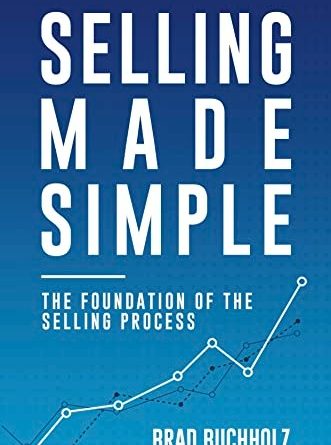How To Create A Business Plan: The 6 Essential Steps
A business plan is a document that outlines your business goals, strategies, and how you plan on reaching them. It can be helpful in getting funding, obtaining permits,and marketing your business. If you’re not familiar with the process of creating a business plan, read on for some tips on how to create one.
Title: How to Write a Winning Grant Proposal
Description: Writing a winning grant proposal isn’t easy – but it’s definitely possible! In this guide, we’ll outline the essential steps you need to take to ensure your application is successful. From developing strong rationale to polishing your presentation, we’ve got everything you need to make your grant proposal shine!
What is a Business Plan?
If you want to start your own business, creating a business plan is the first step. A business plan is a blueprint for your business, outlining your goals, strategy and how you’ll achieve them. There are a few essential steps to creating a successful business plan:
- Define Your Business’s Unique Selling Points (USPs). What makes your business different from others in the same industry? What features do you offer that make it attractive to potential customers? You need to be clear about what makes your company stand out and why people should choose it over others.
- Design A Marketing Plan. How will you reach potential customers? What strategies will you use to market your product or service? How much money will you need to invest in marketing campaigns? This information needs to be included in your business plan if you want investors or lenders to give you funding.
- Analyse The Competition. Who is already operating in the market place and how are they doing? What challenges have they faced and overcome? Knowing what competition is doing will help you stay ahead of the curve and alter your marketing strategy accordingly.
- forecast The Costs And Benefits Of Your Business Idea. This includes estimating what it will cost to launch and operate the business, as well as projecting how much revenue it might generate over time. Factor in any taxes that may be required along the way and make sure that your projections are realistic!
- Create A Timeline And Budget For Your
How to Create a Business Plan
There are a few essential steps to creating a business plan, but it depends on the type of business you’re starting. Here’s what you need to do for each type:
- Define your business goals
Your first step is to figure out what you want your business to achieve. Are you looking to create a new product? Increase sales? Improve customer satisfaction? Once you have a clear idea of your goals, write them down and focus on one or two at a time. It’s easy to get overwhelmed, so breaking things down will help keep things manageable.
- Research your industry
Now that you know what you want your business to achieve and where it stands in the market, it’s time to research the competition. What products do they offer? How big is their customer base? Do they have any weaknesses that could be exploited by your business? Armed with this information, it’s time to develop a marketing strategy and decide on how much money you’ll need to start up.
- Create an organizational chart and financial plan
Once you know how much money you’ll need, it’s time to create an organizational chart and financial plan. This will outline who will own what parts of the company and what their responsibilities are. It will also show how much money each employee is expected to make and when their paychecks will arrive. Finally, create projections for growth (if applicable) and determine when/if capital expenditures will be needed.
6 Essential Steps to Writing a Great Business Plan
There are a few essential steps to writing a great business plan.
- Define your business’ goals and objectives. What do you want your company to achieve? What markets do you want to serve? What products or services do you want to provide? How will you measure success?
- Create a mission statement for your company that articulates the reasons why it exists and what it stands for.
- Draft a strategy map that illustrates how your business will achieve its goals.
- Develop financial projections that demonstrate how your business plans will generate profits and grow over time.
- Conduct market research to determine what trends are emerging in your industry and what challenges competitors are facing.
- Design an operating structure that supports your strategy, meets the needs of your customers, and maximizes profitability.
- Make any necessary legal filings, including creating trademarks and licensing agreements, establishing corporate structures, and preparing tax returns
